
Most modern FPS games Archives

most modern FPS games Archives
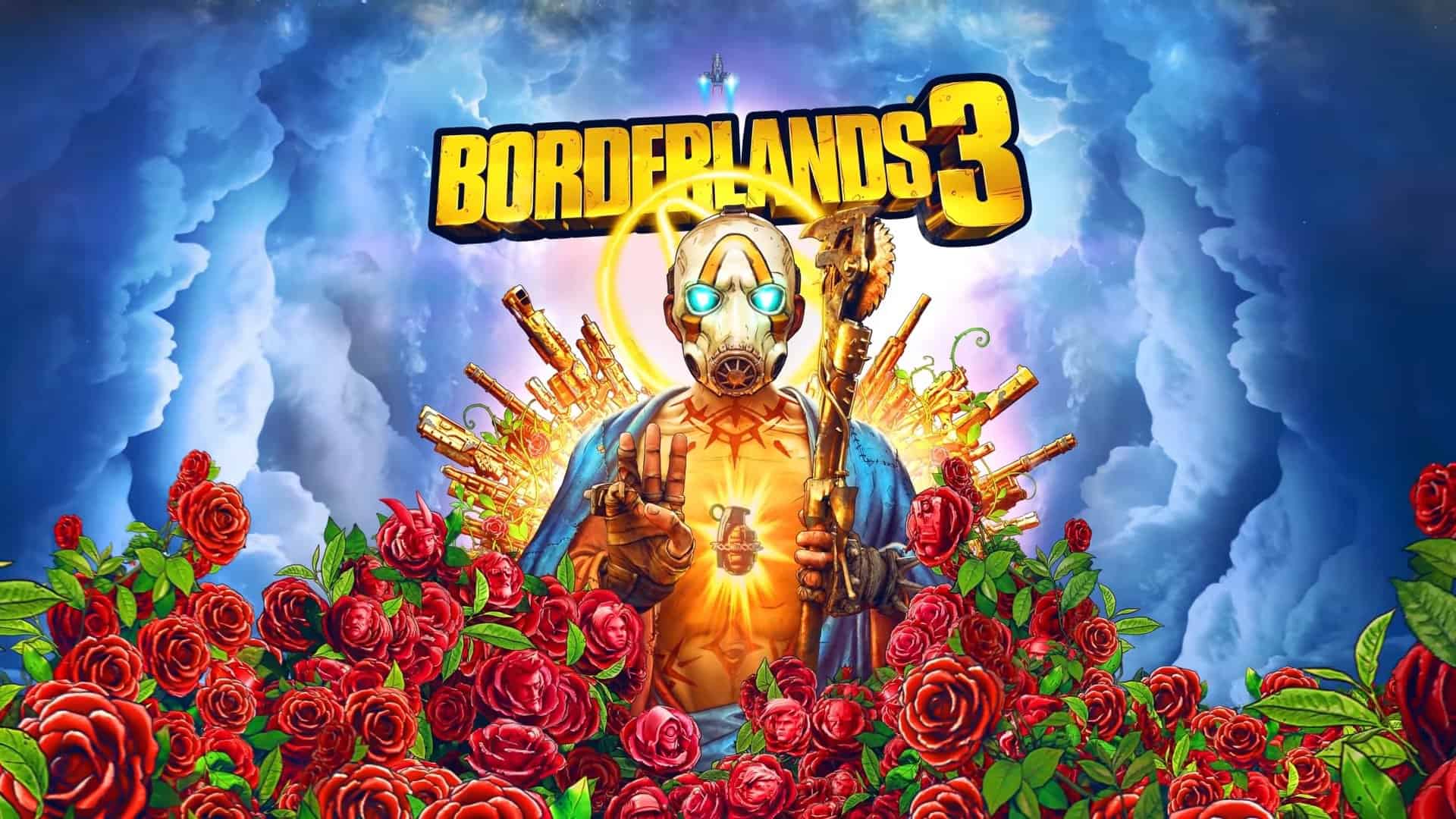
There are so many looter – shooter games available these days that we are spoiled for choice. From Destiny to The Division and even Anthem, all of them offer a vast amount of loot to be found and a seemingly limitless amount of potential to build the character the way
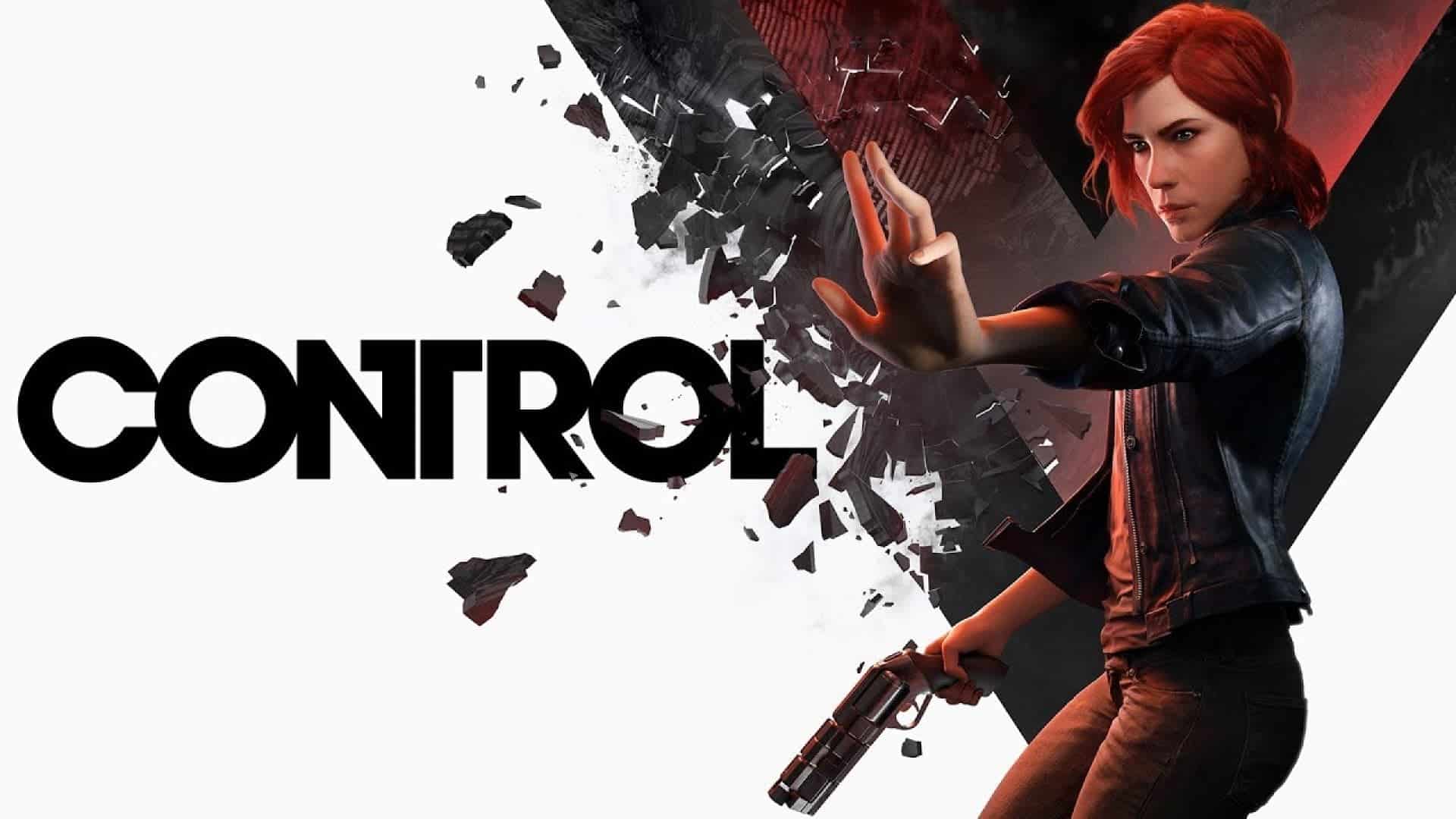
It’s become common knowledge around the office that I really enjoy anything relating to the supernatural. I mean, you just have to look at what I use to wear in my old clubbing days to see that I’m a little strange like that. Fortunately for me, 505 Games has recently
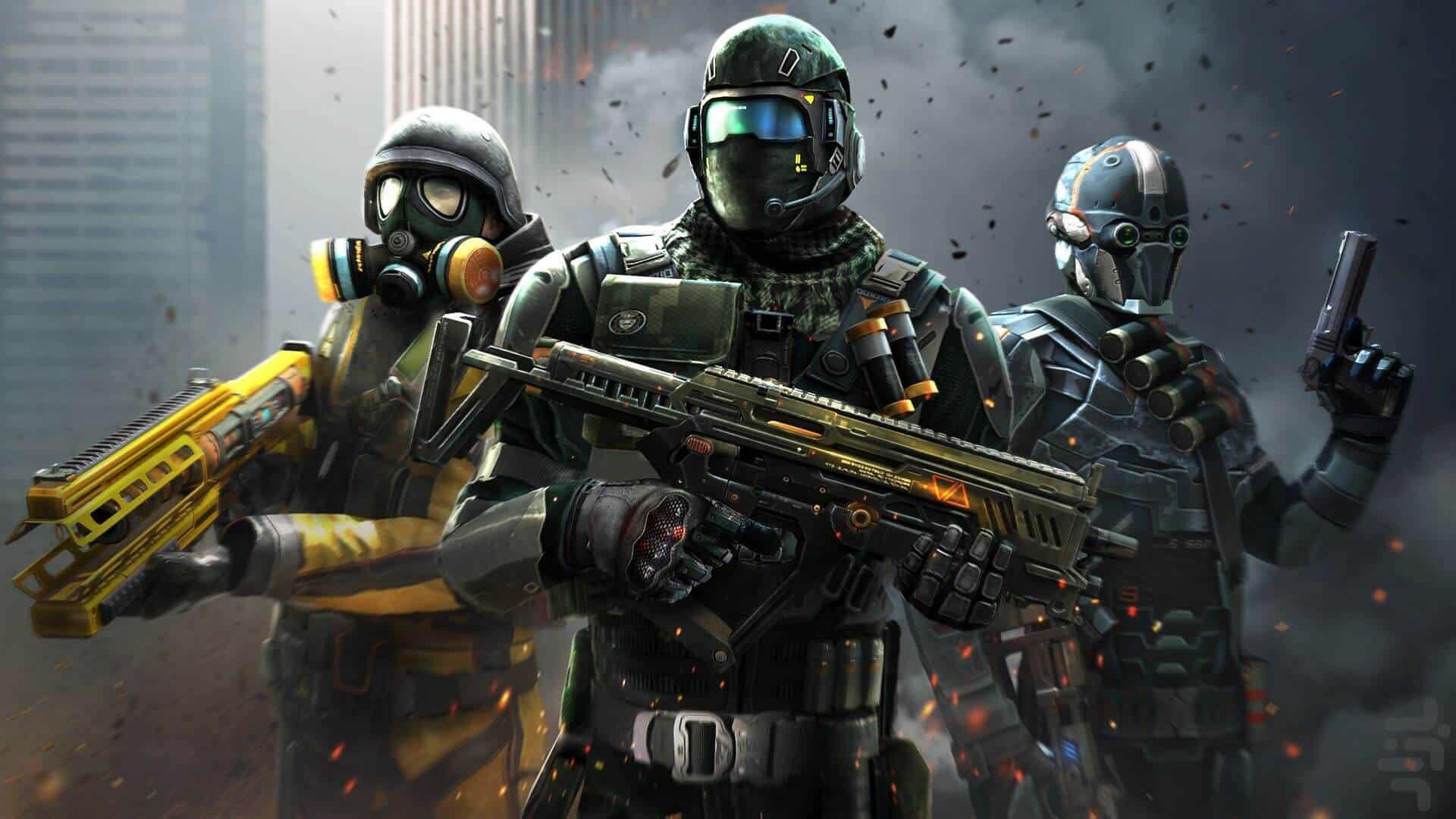
The Modern Combat series has been around since 2009 and most have only ever made it to mobile devices, but that stops with Modern Combat 5: Blackout. The only difference is the console version doesn’t include the number 5 in its title. aunching on Nintendo Switch mid-February 2019 and coming
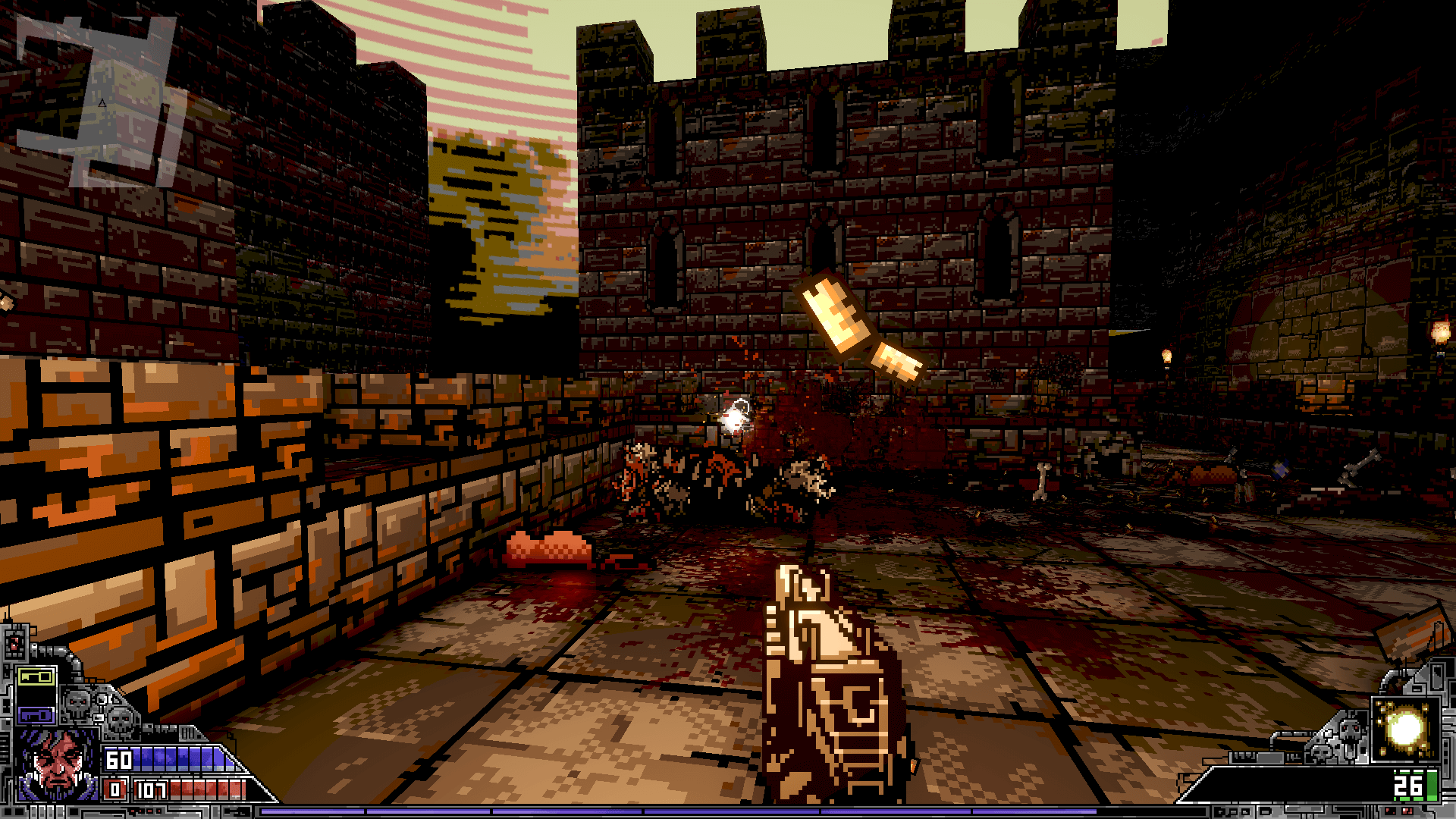
An unrepentant retro FPS adventure with mild RPG elements, this is a real work of love in the vein of Wolfenstein 3D, Doom, and even Cybermage. Play a mysterious gun-toting warlock as you travel from place to place, destroying evil and finding weapons. Shoot things, cast spells, and cause mayhem.
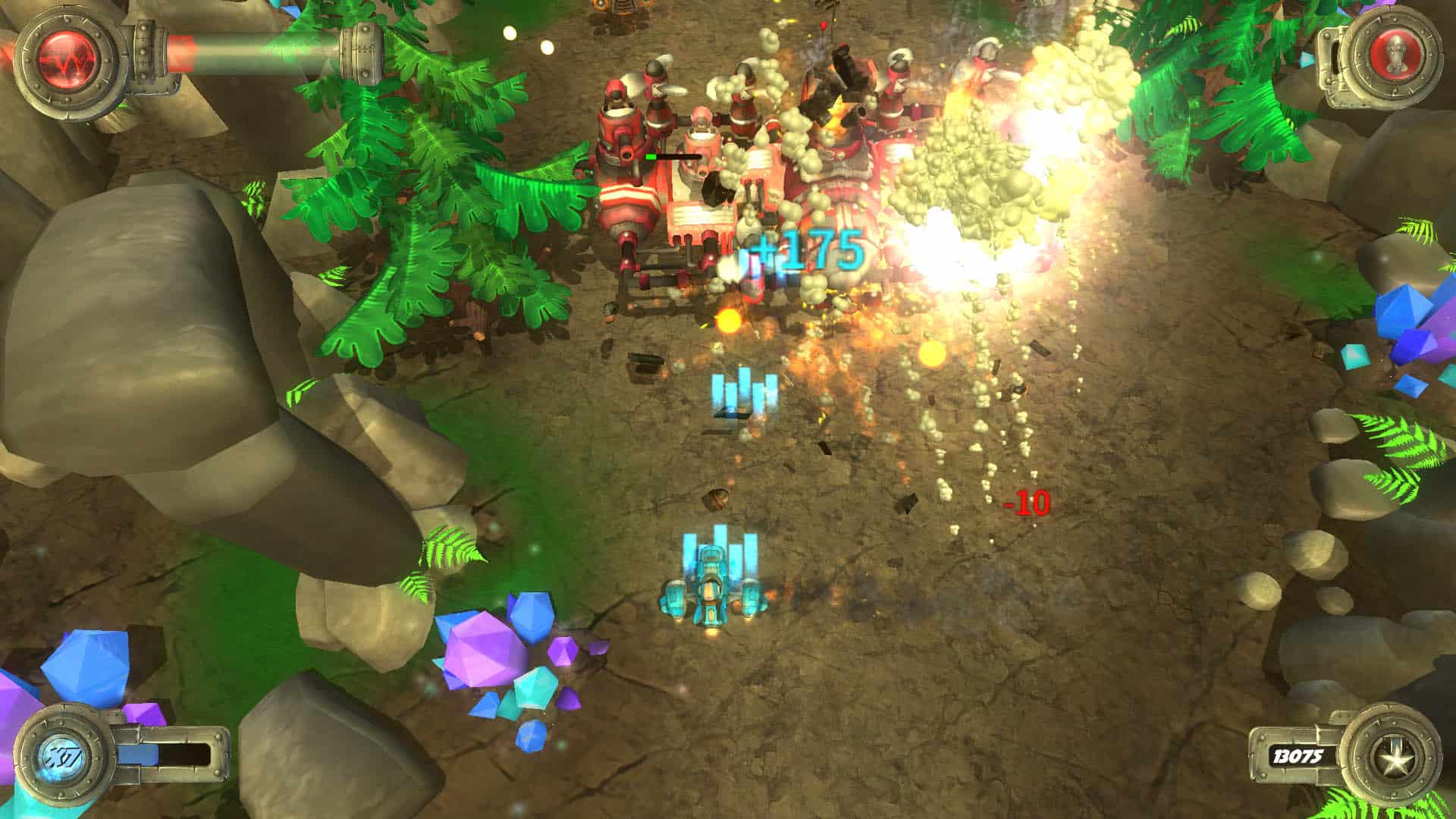
The game has you playing around as a blue spaceship riding and guiding yourself through levels that are littered with enemies of the robotic kind. There are a significant number of different enemy types throughout the game all with their own little quirks and powers. Upon spending some quality time

2084 is a first person shooter with great graphics. At the time of writing this review 2084 is in Early Access so there might be more features and content implemented at a later date. Launched into Early Access last week, 2084 is a fast-paced first-person shooter with hacking elements. Basically,

Here’s yet another game that ain’t no spring chicken, Screencheat has existed for 4 years, first on PC than Xbox One and PS4 before finally making its way on the Nintendo Switch. The catch phrase for the game is “Split screen shooter where everyone’s invisible” sounds crazy right? But who
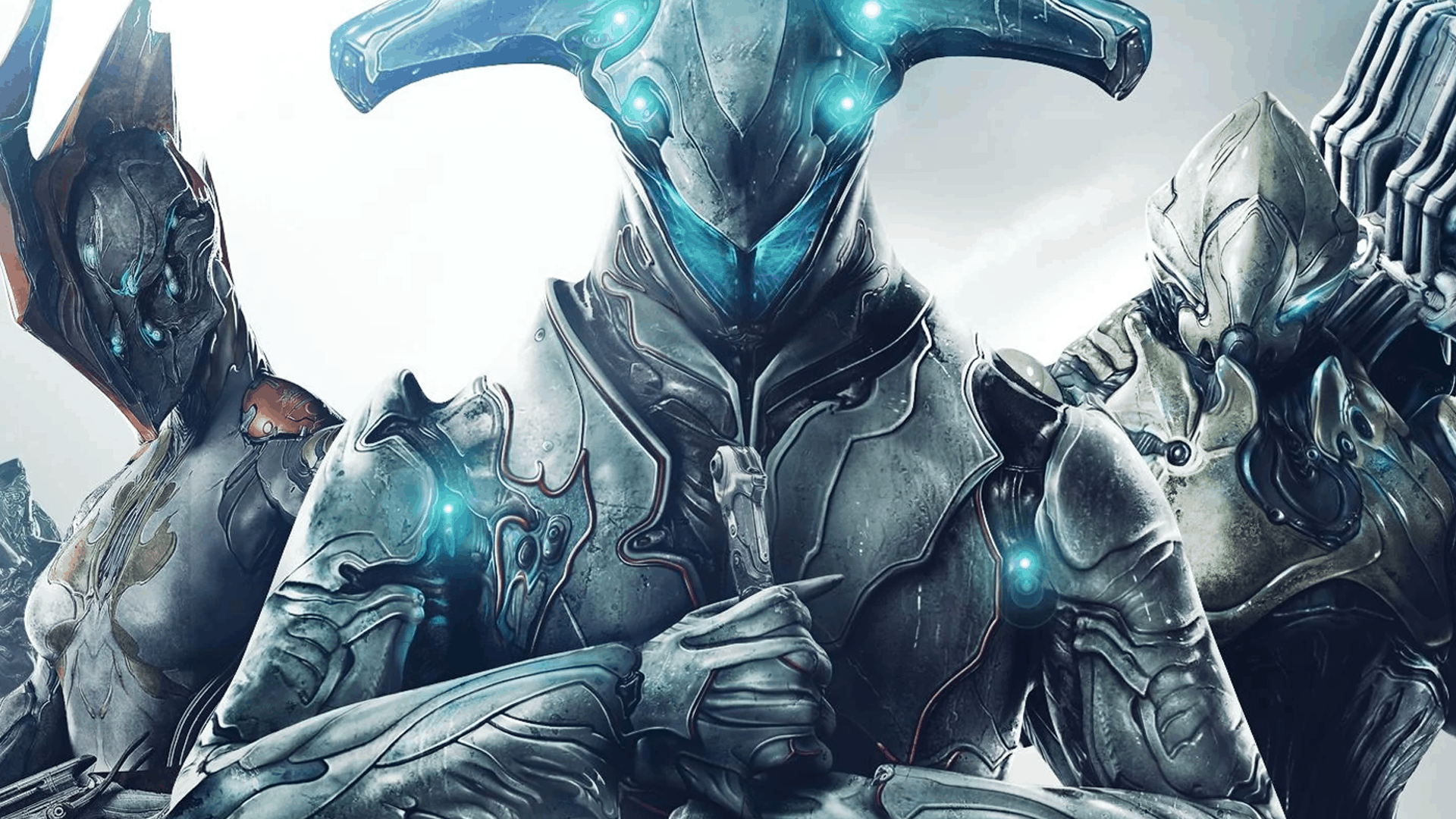
“They were called Tenno. Warriors of blade and gun: masters of the Warframe armor. Those that survived the old war were left drifting among the ruins. Now they are needed once more.” – Lotus Warframe does an excellent job of making the player feel cool as you bullet-jump through the
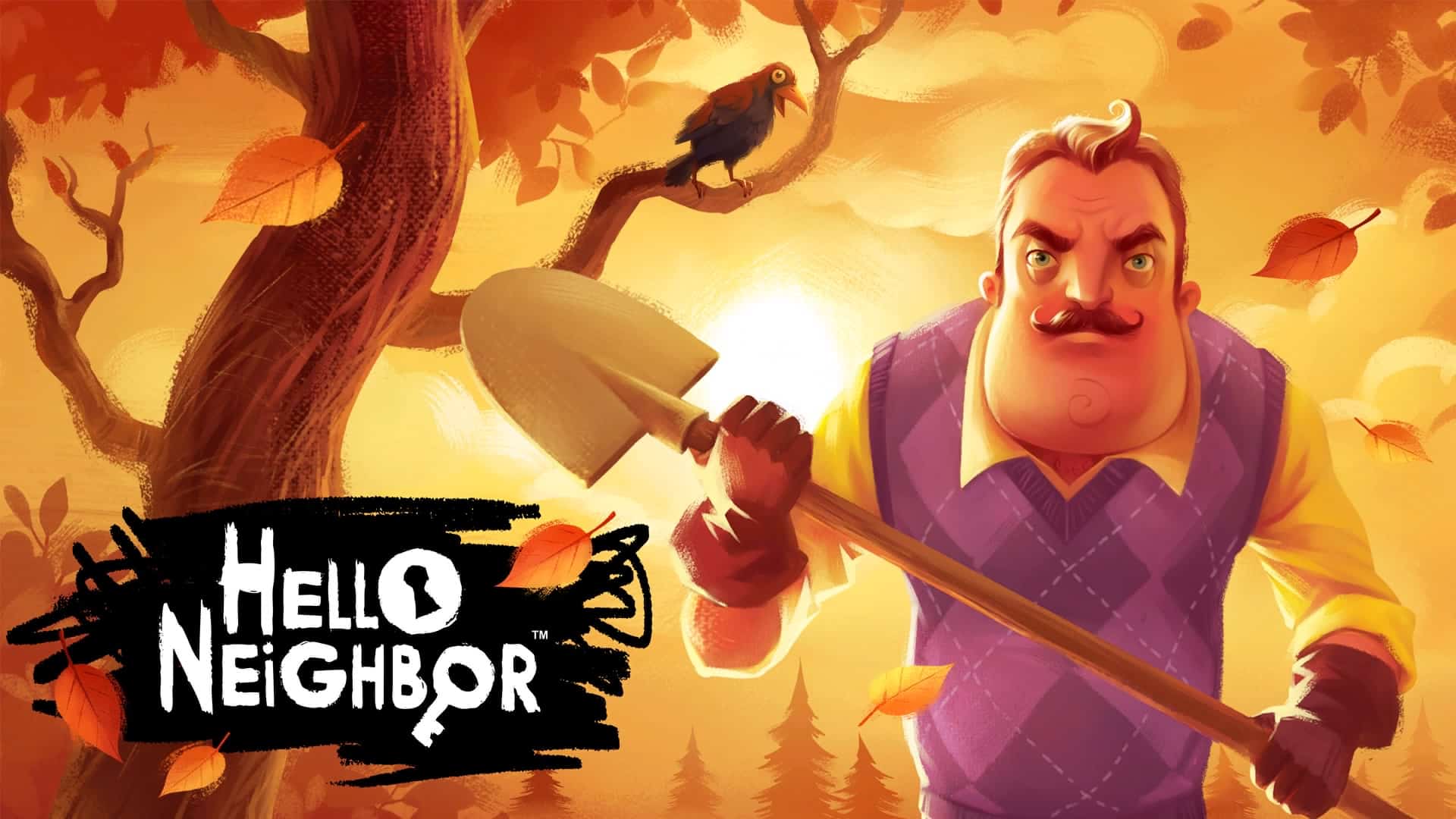
Hello Neighbor has been around for a while now but recently released on Xbox One. Back in 2015 Dynamic Pixels Kickstarter campaign fell short of its goal, but that didn’t stop Dynamic Pixels. Over the past two years or so, they’ve released several Alpha and Beta builds which have attracted
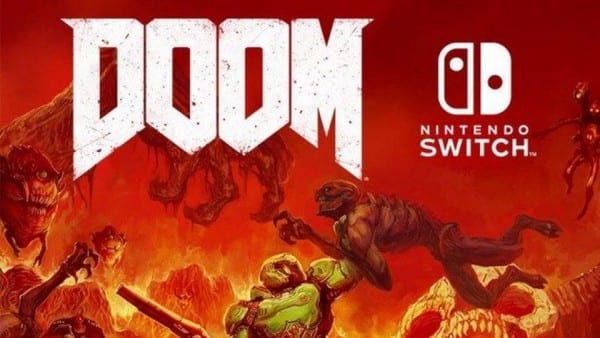
Nintendo are known for being pretty cookie cutter especially with most of their newer generations of consoles and devices. Wholesome family fun is more what comes to mind, I suppose. That is why, I, and probably a horde of people that own the Nintendo Switch were running down the streets

Hold onto your seats gamers, Sledgehammer Games has unleashed a Call of Duty game that brings back boots to the ground, and have gone back in time instead of all that future timeline BS. Call of Duty is a franchise that hasn’t been doing too well over the past few
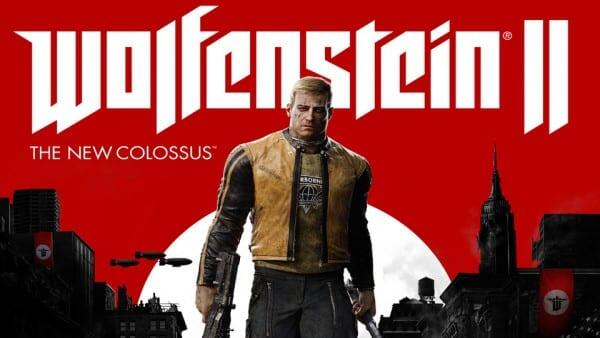
Wolfenstein 2: The New Colossus is set in a world where the Nazis have won WWII. Once again, you play as protagonist “BJ” Blazkowicz who is injured during a mission against the Nazi’s back in Wolfenstein: The New Order who then spends 14 years in a coma. Wolfenstein 2: The

Doom is one of the most recognised and beloved gaming franchises of all time, and after almost 2 decades since the original game, id Software has rebooted the franchise. Single Player throws you straight into the action with minimal tutorial training given. The game expects you to know basic FPS
Why Valorant will be the best First-Person Shooter of 2020.
Valorant is Set to Release on June 2nd

From the creators of League of Legends, Valorant is new IP from Riot games. A 5-vs-5 tactical shooter utilizing differing agents with special abilities, this game takes some of the best of both Counter-Strike: Global Offensive and Overwatch; where the goal is to eliminate the enemy team or plant/defuse a planted spike (like the bomb in Counterstrike). With over 3 Million daily players in Beta alone, the Riot Games first-person shooter seems prime to become the next big E-Sport Sensation. After trying out some of the Beta and listening to early reviews both online and via Riot’s blog, here are four reasons why I think Valorant will be the FPS to play in 2020.
Valorant Blends Popular FPS Mechanics
One of the immediately noticeable features about Valorant is that the game is more than your regular first-person shooter, blending the gunplay from counterstrike, with the heroic abilities of Overwatch.
In Valorant, guns have distinct spray, and thus recoil patterns, where after the first shot, the crosshairs and trajectory of a bullet’s path shakes in a uniquely different pattern per weapon. This discourages highly inaccurate spray-and-pray methods and rapid-firing shooting while in motion.
To compensate, users need to adapt what methods suit them best: ADS (aim down sights) or focused hip-fire shooting, utilizing patiently time accurate single-fire shots or disperse their rate-of-fire in bursts — all while memorizing the different patterns of a gun’s recoil. Combine this with the lethality of each distinct weapon — as time-to-kill is exceptionally low in this game — and what you have is a smart-tactical shooter where every bullet is deadly, and coordination is key.
On top of this, Valorant, much like Overwatch, has heroic ultimates and abilities. Though instead of a cool-down and charge timer, ultimates cost resources, and only the first ability is free. Abilities also focus on more things than just outright damage, incorporating various utility functions such as heals, walls, and scouting abilities, so that even players that are bad at shooting can still help their team.
In Valorant, you can play as 10 Agents with 4 unique abilities, the first of which is free, the others which you can unlock using the game’s in-game economy. Much like CS:GO, points are rewarded as a match progresses, which are then used to access weapons, armor, and different abilities available per purchase. Managing the economy is critical to a match’s success, as when certain guns or abilities come into play can very much turn-the-tide of battle.
Riot’s also trying to do something many shooters have never done before: trying its best to eliminate peeker’s advantage, essentially attempting to make the fairest FPS ever created.
Likewise, to utilize said mechanics Valorant put an effort into making smaller goal-focused maps, with unique features upon different levels, such as a portal or repel system — utilizing the differing flanking routes for uniquely distinct shooter mechanics with an emphasis on line-of-sight and coverage.
The Game is Incredibly Accessible
I think everyone unanimously agrees that Valorant’s design has a clean and polished appeal. The characters seem colorful, not unlike its Overwatch counterpart, though less bombastic and more focused, with specs that are surprisingly low.
In fact, computers from nearly a decade ago should be able to handle running Valorant, as its minimum specification requirements can even run on Windows 7. With minimal CPU (Intel i3-370M), GPU (Intel HD 3000 (1 GB VRAM)), and RAM requirements (4 GB) that prioritize low GPU over moderate CPU optimization, in terms of textures, smoothness, and skins.
Simply put: the game will look and play great on almost any device. To top it all off: Riot has even developed their own individual ISP just for the game, to optimize connectivity speeds worldwide.
The reasons for this to me seems pretty clear: Valorant’s low specification, high-online speed optimization, makes it easier to live-stream, especially as Riot seeks to utilize its large E-sports and Streaming community fanbase.
Given that the beta access keys were uniquely only distributed to those watching streams of the game for a certain amount of hours, it’s pretty clear that Valorant’s priority beyond its gameplay is that everyone can play it, but also and more importantly: that anyone can stream it.
It’s Optimizing Riot’s Skin Culture
You can see the differences of the Reaver skin’s art at different levels.
Skins are one of the biggest features at Riot, which is understandable since the company’s most profitable bread-and-butter revenue source is a free-to-play videogame. Although Valorant won’t feature character skins (at least for the time being), the game will focus upon weapon skins, gun buddies (think keychains), and spray tags.
Much like in CSGO, Valorant has a large assortment of weapons with a gun designed for almost every specific situation. Thus, the game’s gun cosmetics will feature unique yet non-game-breaking templates, blending style without granting unfair advantages. It also will feature a level up system that unlocks different custom animations, sounds, and color layouts, the more a player levels up their skin.
A lot thoughtful research and considerations are taken into the shooter, with a dedicated team seeing what aesthetics and cosmetics are chosen without ruining the game’s integrity. Such creative choices include details on almost every level, all the way down to what weapon materials the guns would be made of in said theme, and what unique features or ‘Oh Sh*t’ moments the player would experience while using this skin.
It’s Optimized For Online Play

Valorant is a game that’s meant for its online community; evident in that it broke the twitch single-day viewership record. With an average of 3 million daily players during its now-closed Beta it seems like the game, much like League of Legends, is seeking out to capitalize on its popular E-Sports community. From what I’ve seen there’s nothing but positives as Riot seems to heavily prioritize balanced and competitive gameplay, with layout plans including smaller, medium, and large-scale tournaments to incorporate all styles and types of FPS players. On top of this, Riot’s already pulled-in competitors from top FPS shooters, such as Counter-strike and Overwatch.
In terms of online play strategy, Valorant matches depend heavily on cooperation and communication, as teams of 5 strategize using microphone communication, callouts, and unique map pinging: essentially marking areas on the map for allies, both skilled and noobs. It should be noted that in Beta, it seemed like there was an advantage for those who played with friends in large teams over individuals who joined games on their own. Again, coordination is key, and in a match of 5 friends cooperating via mics versus randomly placed players, some of whom are still typing in text to chat, it’s obvious that in this game (and to be fair most modern shooters): the more coordination the better, especially given the high headshot-instant-kill risk.
Valorant Expectations

I should note that in its 10-year history, Riot has only produced a single game: League of Legends. While incredibly groundbreaking and profitable, Riot has yet to prove itself outside of its staple title. Valorant is but the first foray for Riot into other types of videogames, with 7 new games planned in the upcoming future.
I’m excited as the company relies on appeasing its fanbase as its profit depends solely on E-sports and selling in-game features. I also think Valorant has enough going on to make it a unique game, with its highly competitive mechanics, accessible features and optimal streaming mechanics — priming the stage for what may be the best FPS for 2020.
But those are my thoughts, but what are your thoughts and opinion? Feel free to comment below.
"It's not you, it's me." That's the message the Japanese gaming industry is telling the world this week at TGS. "Our games are as good as ever, they're just not for you anymore."
Critics in the west have been crowing about the supposed death of the Japanese industry for years. And while their critiques have a certain degree of truth to them, they're missing the point. Japanese game development did run into trouble during this console generation, but their issues are so removed from the average gamer's experience (workforce and labor management) as to be meaningless. The games themselves are as good as they've ever been, but they're just not made for the entire world anymore. Japanese games are now by and large made to appeal almost exclusively to Japanese gamers. Rather than this being another piece that focuses on the alleged downfall of the Japanese industry, we thought we should focus on why Japanese games and western tastes have diverged so much in recent years. There's no single cause that can explain the phenomena -- the possible reasons range from the social and economic, to the practical and mundane. Regardless, the fact remains that Japanese gamers are now seeking different experiences from North Americans and Europeans.

Gamer taste in both regions underwent a massive sea change in recent years. While the slow takeover of the AAA console space by former PC heavy-hitting franchises, genres and studios like Fallout, FPS games, and BioWare changed the tastes of the western market in the past decade, other forces have been working on Japan in the same time. The reasons for the shift in Japanese gamer taste are numerous, but there are three that western gamers in the country continuously note -- a peculiar emotion called moe, the Japanese concept of hobbies and adulthood, and a tradition of disparaging foreign games.
Moe
The concept of moe (pronounced MOH-ay) is incredibly important amongst Japan's indigenous nerd population, otherwise known as otaku. While there are train otaku, military otaku, and otaku of all kinds, a great many of them focus on the geeky triad of anime, manga, and video games; the three media influence each other and are often linked together. Moe is a word that Otaku will often use at the sight of a cute, large-eyed juvenile character, but when asked point blank "What does moe mean?" most are unable to offer a coherent answer. It is an amorphous concept.
The word is often used by westerners familiar with Japan to describe the lolicon (short for Lolita Complex) art style which focuses on young, often pre-pubescent girls, and seems to feature a disturbing mix of childlike cuteness with subtle and not-so-subtle sexual overtones. This definition is not quite right according to Patrick Galbraith, a researcher of otaku culture at the University of Tokyo. "Moe is an affective response to a fictional character or representations of a character. There are two things that are important to note about this definition. First, we are talking about a response. Moe is used not to describe a character type or style, but rather characters that are likely to trigger a response or are designed with that in mind. This implies that there are a range of different characters that appeal men and women or various ages and orientations. Second, moe is a response to fictional characters, not actual people. Without this distinction, moe is conflated with descriptions such as 'cute' or 'sexy.'"

Moe describes the emotions that otaku feel upon seeing, thinking of, or interacting with a certain kind of character. Depending on the person, this character may or may not fit the little girl image that western game critics have come to associate with the word. It may be used by female anime, manga, or game fans that enjoy "Boys Love" media which feature homosexual pairings between popular characters for example.
So what exactly does this mean for games? It actually depends on which ones you're talking about -- for the biggest titles it means nothing, but it means everything to smaller publishers and developers. The business model for small games in Japan can only be sustained by catering to a small yet rabid fan base that's willing to pay a premium for content. AAA titles normally sell for between the equivalent of $40-$60, while smaller niche titles are usually priced at $80-plus. Small developers make their money by selling less at a higher profit margin, while major publishers sell more for less. If you publish small games in Japan you have to give your fans what you want, and since your fans are otaku who revel in moe, you'll give them games filled with the characters that elicit that response -- which are usually young, childlike girls. Between August and December of this year there are a total of 35 games set for release in Japan which follow this exact model. There are more games like this than there are FPSs in the west. By catering to their fan base, smaller publishers have alienated many western fans.

Moe's effect on AAA games has not been as direct. If you want to make a massive hit, you can't sell it only to the small crowd who wants to ogle 2D characters, as Galbraith points out. "What moe game has as many players as Monster Hunter? What franchise has been as successful as Pokémon? What moe characters have had the cultural impact of those of Sailor Moon or Dragon Ball? The point is that they are not the majority of the audience, and the most popular and bestselling works in Japan are not those targeting moe fans."
If smaller games are catering to an almost exclusively Japanese audience, that still leaves mainstream titles for the rest of the world to enjoy, right? Well, not as many as there used to be.
What’s New in the most modern FPS games Archives?
Screen Shot

System Requirements for Most modern FPS games Archives
- First, download the Most modern FPS games Archives
-
You can download its setup from given links:



